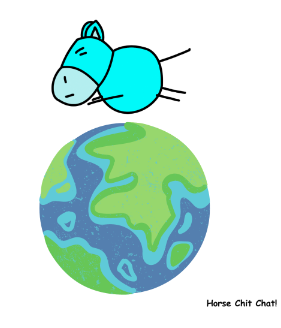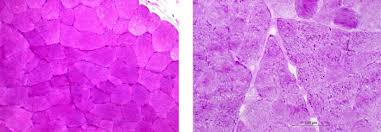
Climate Change and Horses? What’s going on?
Horses. The most beautiful word to our ears! We love them. They give us peace, strength and love that is never ending.
Climate Change. Not something we love! And a word that fills us with dread! It is a phenomenon that makes us worry about the present and future.
So what is going on with horses in climate change? A very interesting question that has so far not really been thoroughly investigated!
There is so much information and research coming out on climate change and how it affects humans and different animals. But there are holes and one of those holes is understanding how climate change is and will affect our horses, other farm animals and even our smaller companion animals like dogs and cats.
This 3 part blog series is going to dive into how climate change affects horses in regards to the weather, air pollution and how it affects our horse industry as a whole!
Since very little research has been done on the effects of climate change on horses I had to go off of my knowledge and background as a conservation ecologist, horse behaviorist and my first hand experiences to bring this to you.
I know more information will come out and I will be helping with that but just know we still need more research to truly understand how climate change is affecting our horses. But nevertheless let’s dive in!
Climate Change
First off let’s go over climate change.
Climate change refers to long-term shifts in temperatures and weather patterns. Such shifts can be natural, due to changes in the sun’s activity or say a large volcanic eruption. But…. and this is a big BUT since the 1800s, human activities have been the main driver of climate change, primarily due to the burning of fossil fuels like coal, oil and gas.

Burning fossil fuels generates greenhouse gasses that end up acting like a blanket that traps the sun’s heat in the Earth’s atmosphere which causes the Earth’s overall temperature to rise.
Now the main greenhouse gasses driving climate change are carbon dioxide and methane.
Carbon dioxide absorbs energy at a variety of wavelengths between 2,000 and 15,000 nanometers — a range that overlaps with that of infrared energy.
If you look at the diagram carbon dioxide is on the left and then there is water vapor and then methane. As CO2 soaks up this infrared energy from the sun, it vibrates and re-emits the infrared energy back in all directions.
About half of that energy goes out into space, and about half of it returns to Earth as heat, contributing to the ‘greenhouse effect’ or the warming of the atmosphere.
Methane is even more effective at trapping heat while it is in the atmosphere. Over the first two decades after methane is released, it is more than 80 times more potent than carbon dioxide in terms of warming.
It traps more heat in the atmosphere per molecule than carbon dioxide does. And it is responsible for more than 25 percent of the global warming we are experiencing today.
With this overall rise of the earth’s temperature, weather patterns all over the world are being affected, causing storms to be more severe, longer and intense droughts in some areas and intense heat waves and or polar vortexes.
Now of course you are all wondering what do these changing weather patterns mean for our horses and how well will they handle it? Well let’s take a look at history to understand how horses are affected by these warming climates and other issues that come with this.




